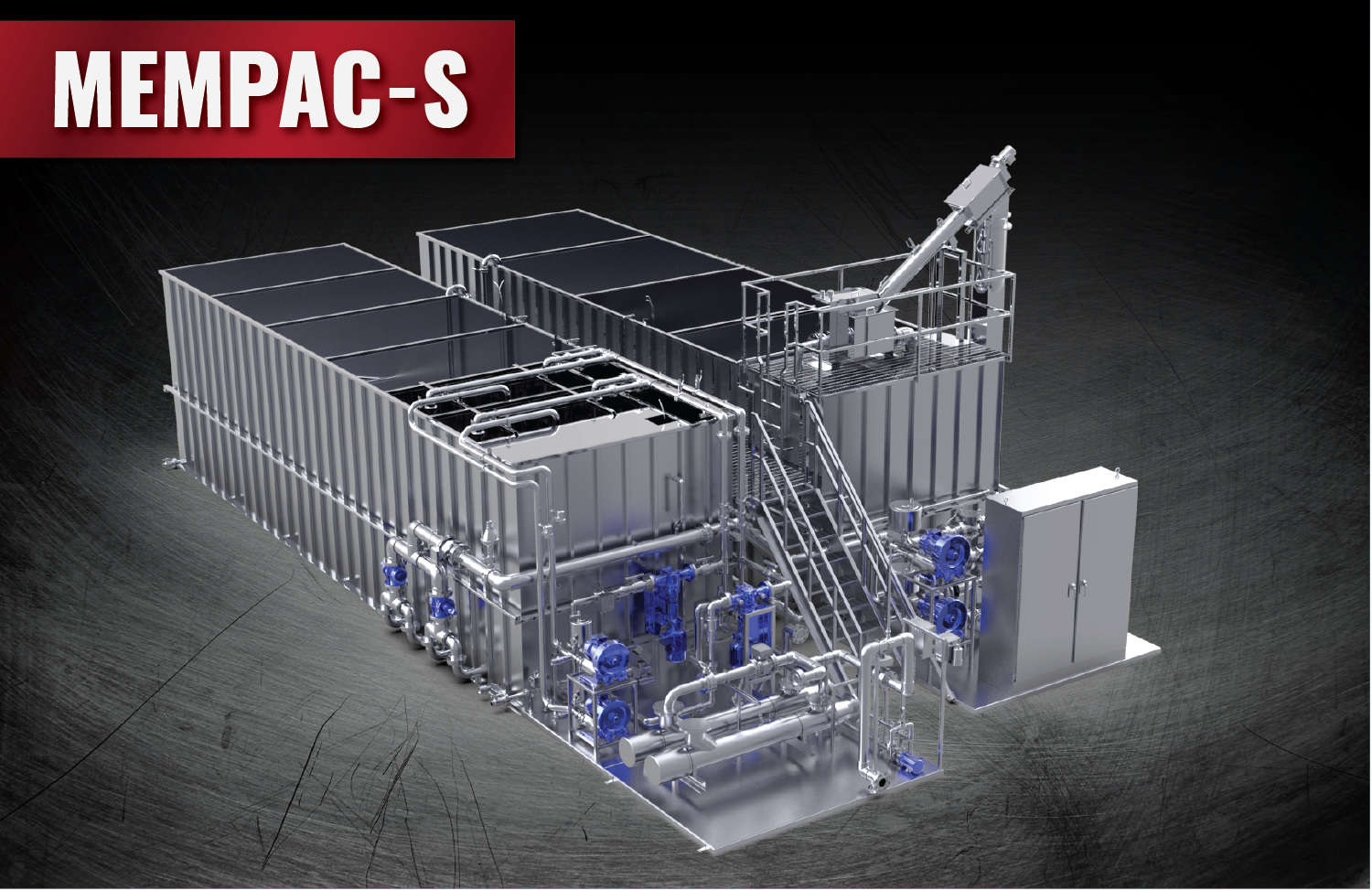OUR RESEARCH AND OPINIONS ON:
350-Unit Trailer Park - Sewage System
Project Navigation
🧻 The Sewage System
![mempac-callout Each of the 350 manufactured homes as well as the club house at the Northeast corner and the playground restroom at the south will be connected to a private sewer line which will convey domestic sanitary sewer waste to a private sewage treatment plant which will consist a pre-manufactured membrane package sewage treatment plant located a the most downstream location at the soutwest corner of the site. this membrane package sewage treatment plant will be designed, manufactured, installed, & operated, & mainted by Cloacina LLC. The nearest existing sewer is locaed approximately 1.7 miles southland is therefore a sewer connection to the closest municipal system is not feasible. [sic]](https://morenobadlands.org/wp-content/uploads/2025/05/mempac-callout.jpg)
The area where this project is proposed has no city sewer connection. All of the 400+ homes closest to the project use septic tanks.
A trailer park of this size would produce upwards of 70,000 gallons of raw sewage daily.
The developer's solution is to process the sewage on-site using a "package sewage treatment plant." The specific manufacturer mentioned on their grading plan is Cloacina, Inc.

The Cloacina MEMPAC Package Sewage System
🚽 What Is a Package Sewage System?
A compact sewage treatment unit is a small-scale sewage treatment facility on-site. In contrast to conventional septic tanks that passively discharge into the soil, these units are erected above the ground, reliant on electricity, and necessitate regular upkeep and removal of sludge via specialized vehicles.
Waste undergoes mechanical processing, filtration, and chemical treatment within continuously operating metallic containers. These installations exhibit an industrial aesthetic, may emit odors, and are prone to malfunctions if not adequately overseen.
⚠️ Why This Is a Problem Here
🫨 200,000 Gallons of Sewage - ON A FAULT ZONE
The entire project sits within an active seismic fault zone. Earthquakes could damage the system or underground dispersal lines, leading to raw sewage leaks.
We estimate that a system like this will hold multiple days worth of sewage while processing. The developer's plans do not address the volume the plant will hold.
The proposed development could generate up to 70,000 gallons of wastewater per day, based on state water use estimates. Systems like the one proposed typically require 2–3 days of storage capacity, meaning up to 200,000 gallons of raw or partially treated sewage could be held on-site at any given time. If that system fails, whether by leak, rupture, or power loss, there is no city sewer connection to contain the spill. The entire volume could be released into open land. We calculated these figures because the developer's documentation does not disclose expected volumes, containment capacity, or backup power plans. We’ll update this section if those details are made public.
🚒 Fire & Fuel Storage
The site is in a CAL FIRE-designated High Fire Severity Zone. If the system loses power, during rolling blackouts, wind events, or for any reason, it will require a backup generator to keep functioning, which means storing diesel or propane fuel on-site.
In wildfire conditions, this presents a double risk: one from fire, and another from the release of flammable materials and untreated waste.
🌊 Flooding & Overflow Risk
Flash floods and heavy rainfall can overwhelm small sewage systems, causing overflows or backups into nearby soil and water.
🦉🫏 Wildlife Habitat Risks
The site borders sensitive habitat, including known burrowing owl territory (a species of concern in California). Even minor leaks could pollute nesting areas or contaminate groundwater critical to the ecosystem.
This site is also an area where the Moreno Valley donkeys have grazed for generations. Adjacent neighbors report daily grazing and resting activity.
📊 What the Research Tells Us
This isn’t just theoretical. A 2016 doctoral study from the University of Colorado analyzed real-world performance of these types of on-site water treatment systems (often called OWTS). The findings were eye-opening:
🔹 Up to 50% of systems fail in some areas
🔹 Failures are often linked to poor maintenance, weather events, or aging equipment
🔹 After disasters like floods or storms, recovery is slow—many systems are offline for weeks
🔹 The more densely populated the area, the greater the risk of widespread failure
“Widespread natural hazards such as flooding… delay recovery, attributable in part to a demand surge for both materials and repair services when multiple systems fail simultaneously.”
— Laura Kohler, Ph.D., University of Colorado Boulder
These risks are amplified in locations like ours, which are rural, hazard-prone, and environmentally sensitive.
🧭 What Can We Do?
We believe our community deserves safe, reliable, and environmentally responsible infrastructure—especially when it comes to sewage.
We’re calling on county officials to:
- Reject the use of this package system in such a high-risk location
- Require a connection to a centralized, professionally managed sewer system
- Conduct a full Environmental Impact Report before any approvals are granted
This isn’t just a technical issue. It’s about protecting our homes, our habitat, and our future.
